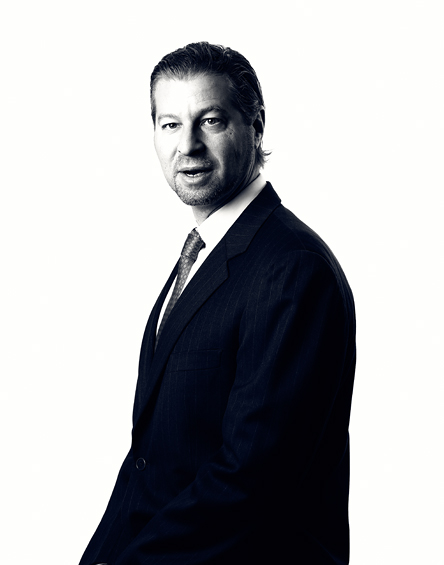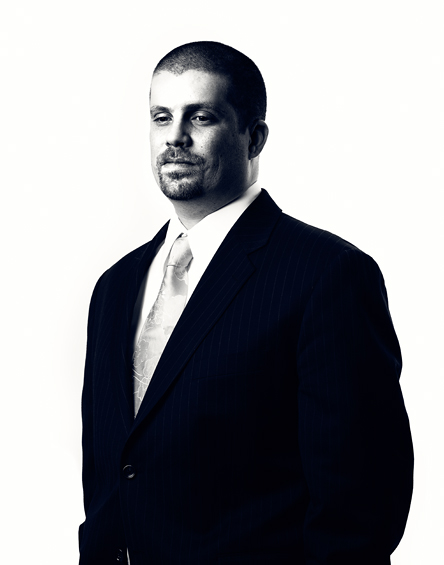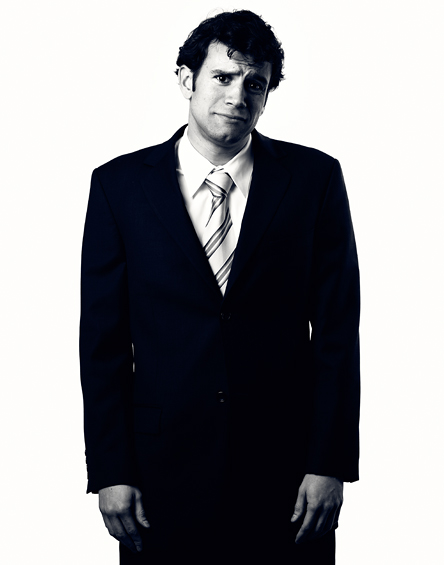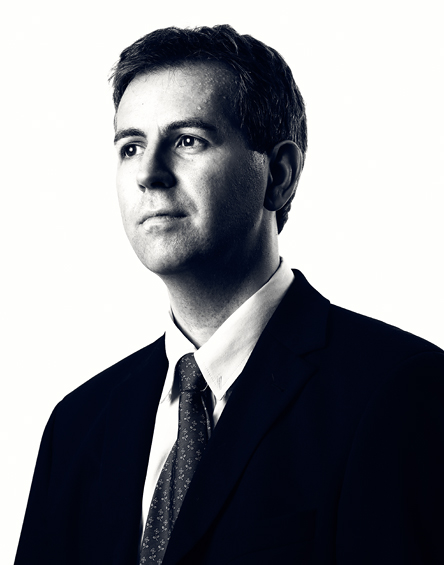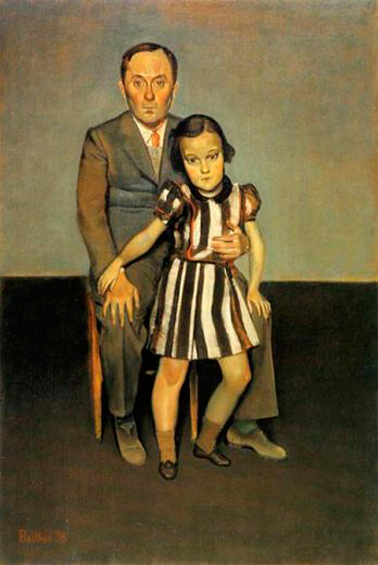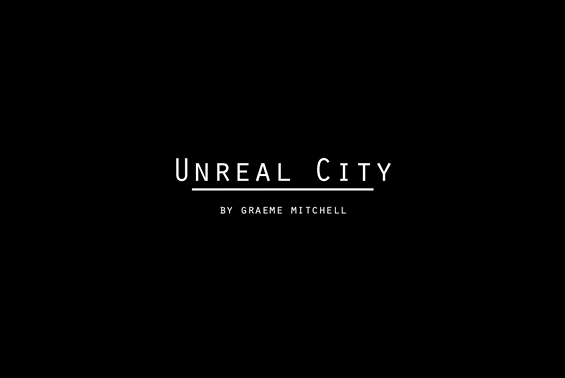Will have some new work to share after the holidays, but in the meantime two cracking MJ remixes to get your New Years jammin, both by Code Talkers.
[audio:they_dont_care_about_us.mp3]
song: “They Don’t Care About Us (codetalkrs mix2)” by Codetalkers.
[audio:blood_on_the_dance_floor.mp3]
song: “Blood on the Dance Floor (MJ remix)” by Codetalkers.
These are from a job shooting portraits of a legal company for their marketing needs.
A photographer (thanks, James!) sent me these great little finds that were originally posted on this photographer’s record collection blog.
I’ll start with Henri Cartier-Bresson.
[audio:Bresson.mp3]
audio: Henri Cartier-Bresson, 1958. From Famous Photographers Tell How
The Weegee one is almost comical…given his subject matter: “The easiest thing to photograph is a murder.”
[audio:weegee.mp3]
audio: Weegee, 1958. From Famous Photographers Tell How

photo: originally from: http://boogiewoogieflu.blogspot.com/2009/06/weegee-speaks.html
Hopefully this will be the last time I mention this project – I’m over it, so to speak – but as I promised in the post of the slideshow of this work, the final of the Unreal City edit is a limited edition portfolio, and having just finished the Artist Proof I wanted to share some pics. It’s 50 pigment prints (approx 10×6.5″) mounted in a 12×12″ album of black calfskin leather. All the materials used are archival and the rest of that good stuff. They are signed and numbered on the inside cover. The edition size will be four, plus one Artist Proof (the A/P will not be sold).
And please excuse the picture quality – my only digi cam is my phone.
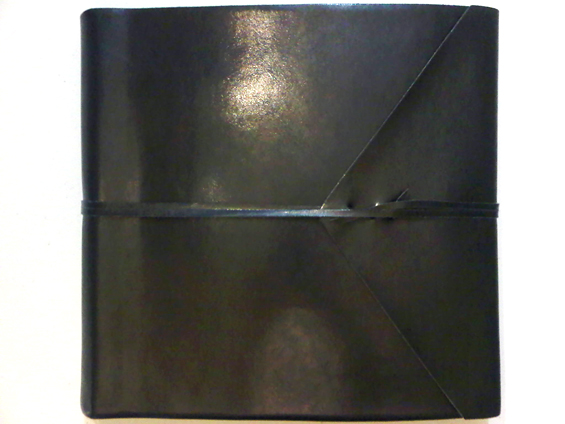
photo: Unreal City Portfolio Edition
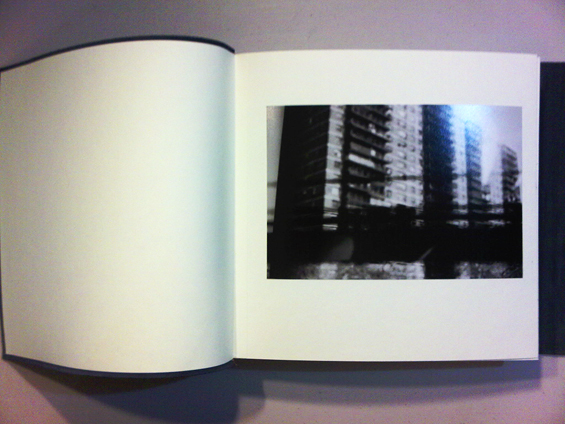
photo: Unreal City Portfolio Edition
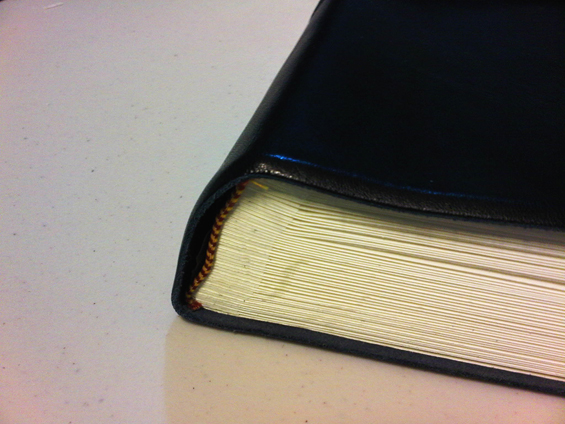
photo: Unreal City Portfolio Edition
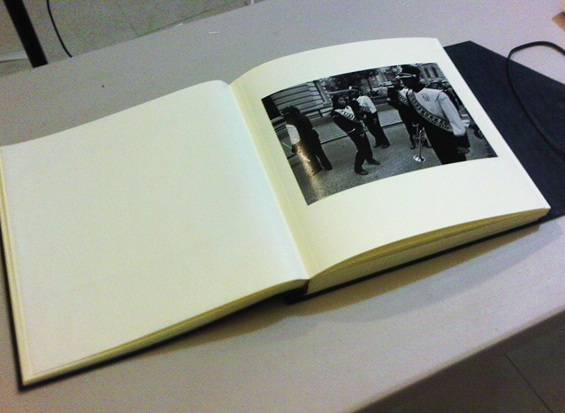
photo: Unreal City Portfolio Edition

photo: Unreal City Portfolio Edition
Okay, moving on then now.
This is actually from an older portrait sitting I did with the director, Cary Joji Fukunaga for Interview (here).  I’m excited he’s doing so well, and Levis commercials he’s been shooting w/ WK aside, I’m waiting to see what he’s got going for his next feature.  Anyway, the reason I’m revisiting this is b/c I’ve had requests for shots of him for other mags recently – two of which are below.

photo: Cary Joji Fukunaga, Brooklyn, ‘09. ©Graeme Mitchell.

photo: Cary Joji Fukunaga, Brooklyn, ‘09. ©Graeme Mitchell.
The portraits by Lucia Moholy were the one thing at the MOMA Bauhaus exhibit that stopped me dead in my tracks:
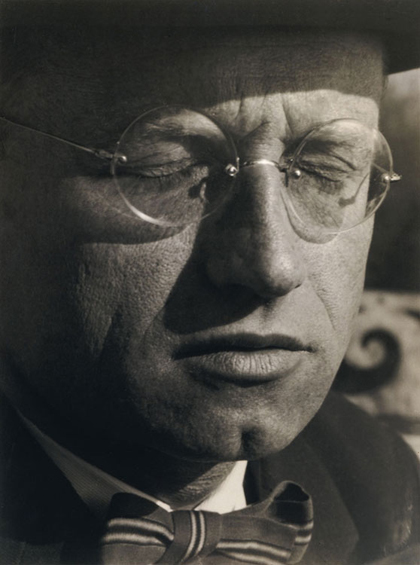
photo: Franz Roh, 1926, by Lucia Moholy
And then this is a portrait of Lucia by her husband and photographer, László Moholy-Nagy. Both of these pictures are really something else.

photo: portrait of Lucia Moholy by László Moholy-Nagy
At nearly the same time as the Moholys, the painter Balthus was in Paris reaching a stride that would define his work as controversial, erotic, and, I think, brilliant. It’s great to read his biography revolving around his early years in Paris and the circles he ran in, including, Giacometti, Many Ray, Camus, Miró, Picasso, Lacan. The heavy hitters of culture, those that shaped our modern and even our post-modern sensibilities. Which brings me to a discussion I was having last night w/ a friend in regards to movements in the arts and culture, those little sparks that ignite and burn and sometimes manage to change everything thereafter. Namely we talked about how they’ve always been geographically based and how the internet has changed that old need to actually be somewhere and in a physically community to participate (Post-war Paris, NYC in the 50s and 80s, as two modern Western examples). Does physical dissipation lead to cultural dissipation? I think so. Does that kind of ruin, or at least make much more difficult, the chances for those paradigm shifts of culture, the arts, and how people think? Maybe. Sure, it’s an over simplified view, b/c I really don’t know what I’m talking about, but I figure it’s something to roll around in your head while we have this discussion. (Over our computers…oh, the irony).
Anyway, there’s an excellent portrait of Balthus by Irving Penn, w/ Balthus in a chair wearing a robe and a belt made of simple rope, with that infinite air of human-ess reaching into eternity that Penn instilled in so many of his sitters. I’d seen it in one of Penn’s books, and thought it’d go nicely here, but can’t find it online anywhere, so I guess for now the internet does have it’s limits.
Painter’s and photographer’s makes me think of George Bernard Shaw’s quote that if Velazquez was alive today he’d be a photographer. I mean, could you imagine! Conde Naste contract. B/c the guy sorta was doing what Leibovitz does, except he did it over 300 years ago w/ a paint brush
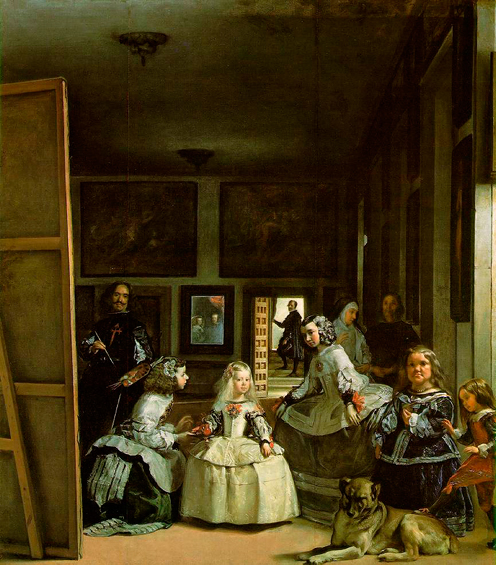
painting: Las Meninas, 1665, by Diego Velazquez
Shaw, now there is a mind! The guy must have been a photographers dream: self aware, smart, and, the icing, the cliche look of a wise man. I mean, he was someone who believed death was only real b/c it was an idea put in our head, an idea that one really didn’t have to abide by. Faaarrrrr out. I guess he took the Nietzschian ubermensch literally. If you want to get to know him, his plays Major Barbara and Man and Superman would be the two I’d suggest as seminal.
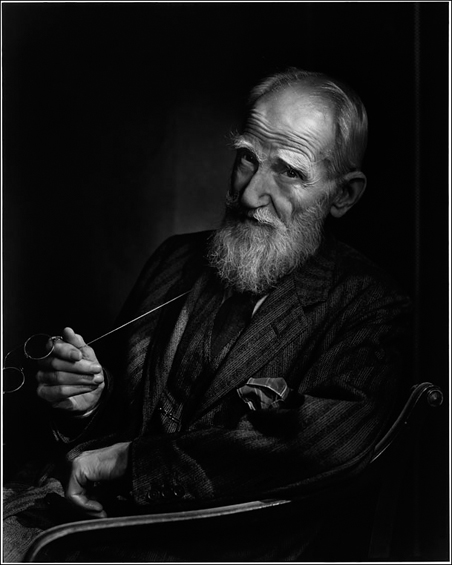
photo: George Bernard Shaw, ©The Estate of Yousuf Karsh
The threads holding this post together were thin to begin with, and they’ve completely disintegrated by this point. So I’ll spare you any more of what was on my mind and will instead bid you adieu.
I’m currently assembling a very small edition bound portfolios of an edit of NYC street photography that will represent that body of work to date, 50 prints to be exact (more on these when a few are finished). The name of the edition will be, Unreal City. This is a slide-show presentation of those 50 pictures. So, please, take a minute, dim your lights, turn up the sound, and let it creep around you.
Thanks, and I hope you enjoy.
JeanLoup Sieff lamented the moniker of “personal” when used in regards to defining his work. Actually, lamented is probably a poor choice of words being an extrapolation on my part; rejected, is probably more precise, but regardless, he considered all of his work personal. That’s an attitude I, and I imagine most, agree with, and that Sieff was able in the end to live by it is something we can go as far to admire. For most though, and in these days, the practice of successfully defining yourself in a market of commerce is a bit more difficult and riddled, unless you’re a pure-bred fine art or pure-bred commercial photographer or one of the upper-tier photojournalists, or basically, either someone who does only one thing or someone who can have someone else (a rep) make your definitions for you. (On that note, I had a discussion along these lines the other day with another photographer who was cheering on the lifestyle of Koudelka (which has become nearly mythological; probably rightfully so) and also a recent interview of Solve Sundsbo with him commenting how he never googled himself. Both comments amounted to a celebration of being a photographer and doing it outside of the feebleness of dealing with marketing or money or the rest of that, well, shit. My response to these examples was, yep, but rest assured that they have someone doing the shit for them. Someone is making the money, doing the googling, etc.)

photo: ©Josef Koudelka/Magnum
Most photographers aren’t there though (and with a comparison to Koudelka’s life, many probably wouldn’t want to be there even if offered – a comment, which, Josef, you can consider my highest compliment), most shoot work for money that is a commercial service and in being so usually amounts to certain compromises, in which case, efforts are usually made to say, yeah, I do this to pay the bills, but this over here is my baby, what I don’t but someday hope to get paid for. Now, I call my work, work, but I still will usually delineate when I’m discussing something that is personal, otherwise people seem to get confused, as if doing something simply for the sake of doing it is not natural…and it also turns out most people are more interested in who you’re doing something for than what you’re actually doing (hype hunger). But for the sake of this conversation, let’s just assume personal work is something we do for ourselves, not to sell, not to use as promos, but pictures we take out of curiosity, tests, boredom, love…work that has no excuse for any compromise other than the limits of our own ingenuity and creativity, and the limits of our capabilities and capacities. (Story has it that, Edward Weston, in shooting his peppers couldn’t achieve the depth of field he wanted at the smallest f-stop (he’d of been using a very simple 8×10, natural light, and exposures in the hours and hours). He didn’t change the idea; he didn’t back the camera up; he didn’t decide maybe peppers weren’t a great idea; nope, instead he figured out how to cut an even smaller f-stop hole in a sheet of black tin and insert that into his shutter as an even smaller fstop (a waterhouse stop). A special lesson resides in this photograph then I think: that is the willingness to take an idea to that length, the ability to go that far with a pepper.)

photo: Pepper, 1930 by Edward Weston, ©edward-weston.com
You still make pictures with that kind of heart, right?
Well, the thesis of this post is that I think you should be, b/c this work to me is incredibly important. The most important. It is the work I want to hear you talk about. I want your voice to speed up and for you to forget to blink when you tell me what you’re working on for yourself. Emerson went to the lake and came back telling people to take everything they own and get rid of half of it; well, I’m gonna say, take the time you’re putting into those personal projects and double it.
The unfortunate part is most personal work isn’t good. The pictures might be good, sure, but they still may not amount to much in your work’s grand-scheme. You start the idea, get into it, it doesn’t work, or even if it does, just doesn’t fit, you stop, and then, as Faulkner would say, you kill off another darling. Rinse and repeat. It costs money and time, and morale, as the enthusiasm of the process fades when you’re interest is the final product…not operating a film scanner. The painter, Alex Steckly, who I mentioned in my last post, and I discussed this recently while I was shooting his portrait. How in both are areas of work, we begin ideas, put ourselves into them, but then how it ends up that you really won’t know if it will amount to anything until after a year or so of working on and digesting it, and then, if you’re lucky enough to be onto something, it’s probably at least another year or two exhausting it. One must be tireless in their belief that it has the possibility of mattering.

photo: desert landscape as example of a project I started and never got anywhere with, except to sad places, ©Graeme Mitchell.
But here’s the upside. When you do manage to find a project that works, and learn to let yourself freely explore photographs w/o the hinders of classifying it, say, on your website, it is this work that I believe will enable your survival no matter what. It becomes that thing that no one can touch. And I’ll bet it’ll probably end up being the best work you’ll ever do. There’s not much to this. It’s obvious, blatant, written and said before, most photographers who’ve made it more than a few years know it and do there best to live by it. Regardless, I wanted to bring it up b/c of a few recent discussions in regards to and changes I’ve made in how I approach photographs, most changes amounting to simplifying the noise to a succinct hum of trying to make photographs I believe to be valid. Everything else, swept to the side, as best as possible.

photo: from a personal still project I worked on that ended up as big prints on some walls, ©Graeme Mitchell.
For instance, I began taking pictures on the streets in NYC three years ago as personal work, as therapy, having NO clue what I was doing other than exploring what this city conjured. In the last year that work, which was shoebox work never intended to be cared about, has grown and come to play a completely unpredicted and large part in what I’m doing in other areas, ditto for a lot of my personal portrait work. Right now, usually late at night, I’m working on floral still lives like sad brethren of Mapplethorpe, and I’m as excited about this almost as much anything I’m currently working on. And I have absolutely no use for it…yet…but I believe there’s something there worth keeping at. This is all coming from someone who used to be worried of being confused with anything other than a fashion photographer.

photo: a portrait I shot of my best-friend Benjamin b/c we had a free afternoon, ©Graeme Mitchell.
One similarity of the careers of photographers is that there are no similarities between our careers. We’re all different in personalities and the way we build the pictures we take around ourselves. But just consider this post an ode to the personal project, to get out and breathe something worth living for into the world with no reason or expectation. That will be a beautiful act of freedom in itself.
